Executive Summary
The aviation industry, like many others, is set to evolve as new sustainability targets emerge. The related challenges arise just as the industry is attempting to recover from the COVID-19 pandemic, making factors such as cost and operations even more critical. While electrification of airplanes is less imminent and more uncertain than that of other vehicles, the development of the technology will be a significant topic in the near future. The drive to create more sustainable, more efficient lubricants and fuels without sacrificing safety or performance is likely to be a top priority in the industry as well.
Q.1 What are the main pressures on the aviation industry in the next five years?
Profitability.
(1.) Higher strength, lower weight materials. (2.) Composite repair techniques. (3.) Lightning protection of aircraft without metallic outer skins.
Recovery in mobility created by the COVID-19 pandemic.
I think that aviation will be the next sector to be under pressure to reduce emissions.
Air pollution and new fuels emerging.
Emissions and efficiency.
Increasing fuel economy and reducing emissions.
Reduced CO
2 emissions.
Introducing sustainable aviation fuel and managing the higher costs. Managing overall operations costs to stay competitive.
Increased cost of operation, competition (market share reduction) and environmental pressure (regulation, customer expectations, etc.).
The availability of base oils for refinery.
Fuel and emissions.
Emission standards.
Safety.
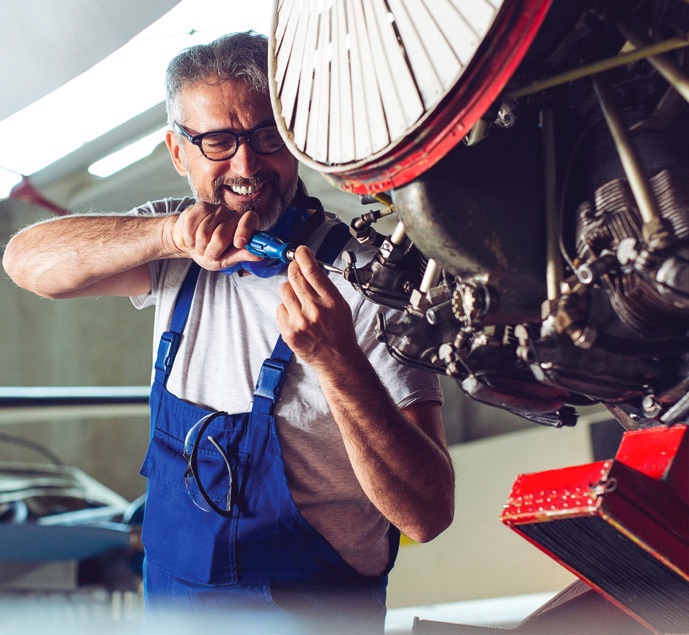
Fuel cost, lubricant cost and maintenance cost will increase. But passenger traffic will reduce due to the COVID-19 pandemic and cost-cutting measures.
Safety is always the main concern. After that, reliability, efficiency and the transition to virtual business meetings. Sustainability is in there as well given that air travel is not very good for the environment.
Development of new lubricants for electric and hybrid propulsion.
These will be the inputs that affect the industry’s companies’ bottom lines, such as: (1.) Cost of fuel, (2.) pandemic-driven travel restrictions and (3.) new technologies that are lower costing.
I think because of the COVID-19 pandemic and worldwide travel restrictions/issues, two main issues that will affect the aviation industry will be lack of consumer support and rising costs of manufacturing (parts, consumables, etc.). Staffing airlines may become an issue as well.
Cost of maintenance supplies and qualified employees.
Unification of standards between carriers and development of autonomous units (so far auxiliary in relation to passenger air traffic).
Reliability and pricing.
Drive toward green initiatives.
Fuel economy and durability.
Light aviation and training. Update fleet of training aircraft with engines and flight control moved into full utilization of available technology. Integrate air traffic control with real-time technology eliminating voice transmitted instructions and directives.
Supply chain management.
Reduce fuel consumption.
(1.) Switching to renewable fuels. (2.) Lubrication of electric engines, perhaps the same as an electrical vehicle.
Being able to turn a profit and still provide the services that travelers need in a timely manner.
Robust lubricants that also follow environment protection rules.
Travel restrictions, demand for more sustainable aviation fuels.
Efficiency, comfortability.
Will aviation travel increase over the next 10 years?
Yes
75%
No
12%
I don’t know
13%
Based on an informal poll sent to 15,000 TLT readers.
Sustainability, not only on fuels, etc., but the whole operation (especially catering).
The COVID-19 pandemic, leasing contracts.
Fuel efficiency. The airlines have to abide by new carbon reduction rules. They also are pushing for biofuels to replace traditional fossil fuels.
Safety.
Avoid air pollution.
Supply of aviation fuel.
Travel reactivation.
Q.2 What is the biggest barrier to aviation lubricant development?
Liability.
User ignorance. Customers would like things to stay just the way they are now and not innovate.
Formal original equipment manufacturer (OEM) approvals and tests.
Are electric-powered planes the future of aviation travel?
Yes
27%
No
38%
I don’t know
35%
Based on an informal poll sent to 15,000 TLT readers.
There are a few majors that control this market, and any new developments from smaller entities get overlooked due to pricing and other constrains.
Liability.
Quality base stocks availability.
Approval process and systematic testing processes.
Resistance to change. Tried and tested lubricants and fuels are preferred due to the safety concerns.
Technical approvals that take decades to complete. Very little customer demand for new aviation lubricants or additional suppliers.
Certification, reluctance of airlines to change lubricant (that perform), as it is high risk.
Cost in relation to (at the moment low/decreasing) demand.
Government regulation.
Harsh conditions (temperature) and seal compatibility.
Cost of testing and lack of relevant test methods and equipment.
Tribologists and lubrication specialists face severe engineering challenges while developing extreme-pressure, extreme-weather suitable lubricants for the new sustainable fuels or improved technology.
Qualifications of new fluids.
Cost.
I believe the biggest barrier would be the production of raw materials due to government restrictions and additive manufacturing.
Cost of developing products and time needed to do field testing.
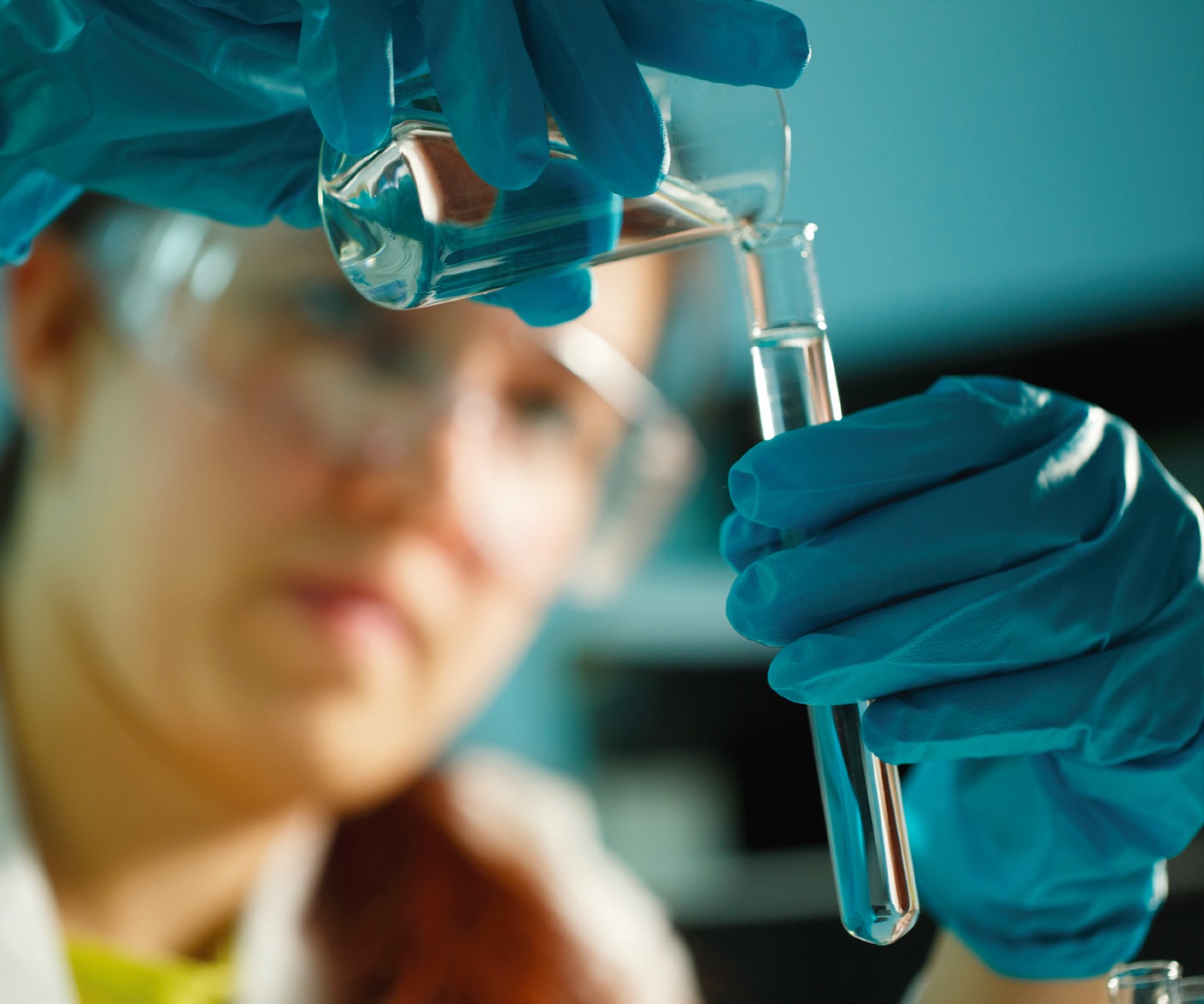
Relation of costs of aviation lubricant to the total costs of the plane maintenance costs.
Extremely long developmental, testing and proof-of-performance time.
Raw materials availability.
In-flight trials.
Extremely long approval process with OEMs.
Stringent government regulations.
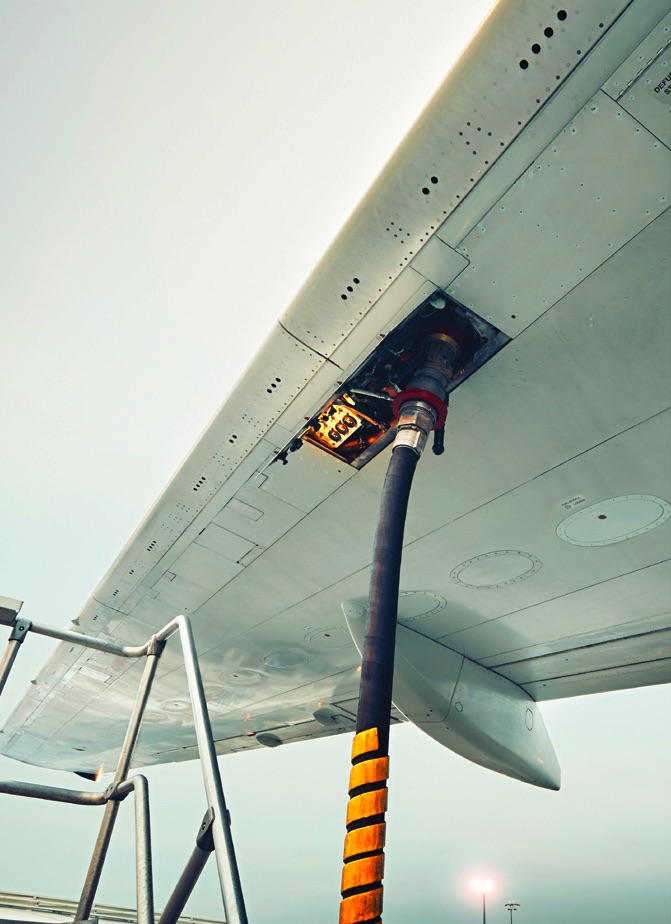
My first thought is temperature. However, I have no idea regarding operating temperatures.
Cost.
To cope up with varied temperature and pressure conditions.
OEM requirements and sustainability, electric motor, government standards.
Development of new material that can satisfy the requests from severe service conditions.
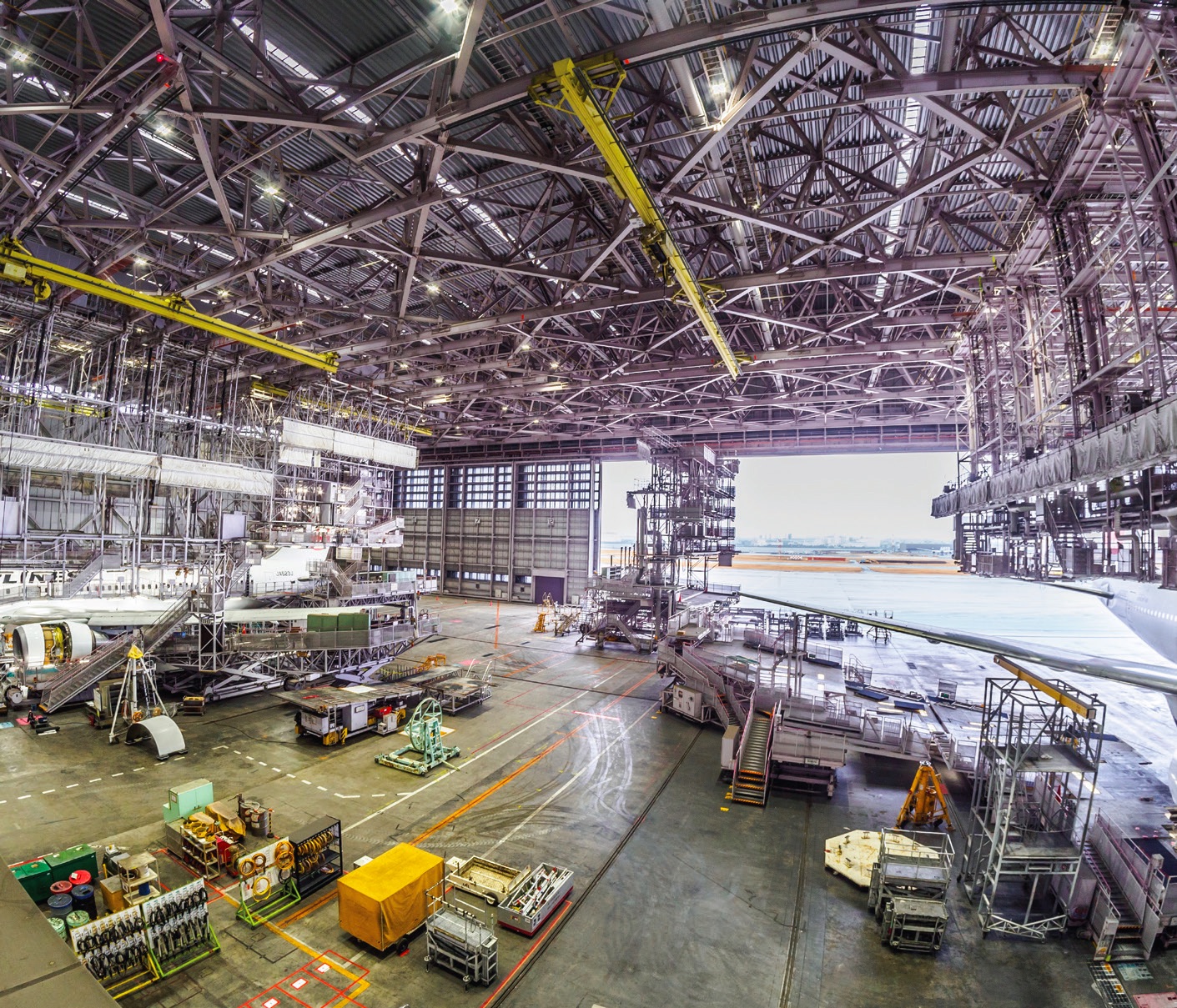
I think it is a very expensive certification.
The time it takes for testing (about 10 years) and approvals, which are justified. However, the lubricants to be used by then are based on what the technology is expected to be after 10 years, which can be completely out of sync compared to what we currently are aiming at.
It depends on the OEM’s cooperation. Only those who are the present suppliers of aviation lubricants are in a good position.
In-flight testing.
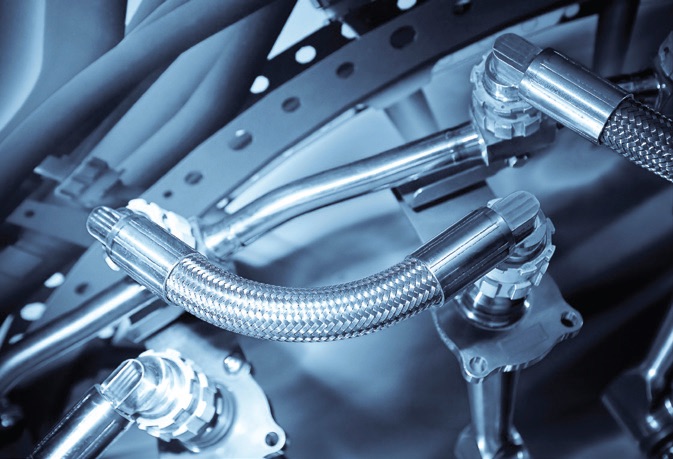
Users are closed doors operations.
Availability.
To be eco-friendly.